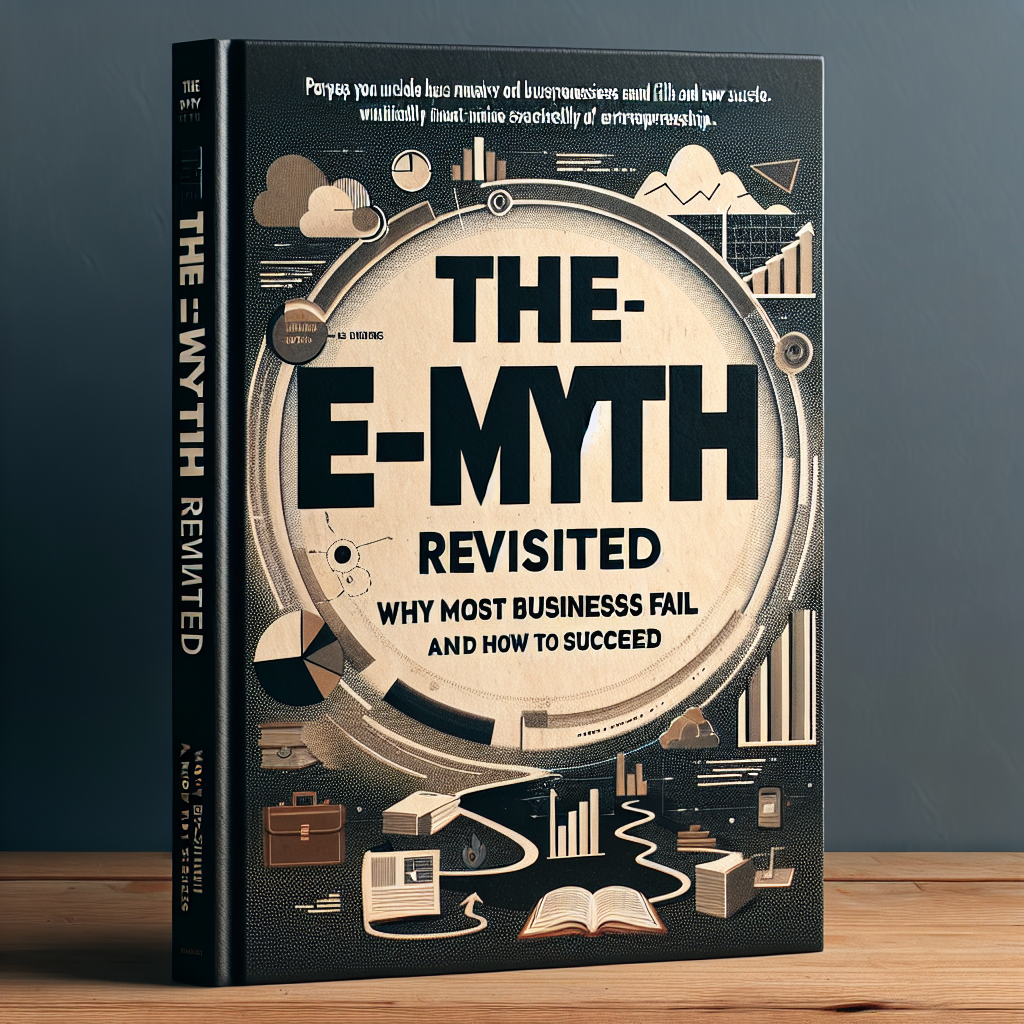Best Practices for Building a Thriving Online Community
Creating Engaging Content to Foster Interaction
Creating engaging content is the cornerstone of fostering interaction within an online community. To build a thriving online community, it is essential to understand the interests and needs of your audience. By doing so, you can tailor your content to resonate with them, encouraging active participation and meaningful conversations. One effective way to achieve this is by conducting surveys or polls to gather insights into what your community members are passionate about. This not only helps in content creation but also makes members feel valued and heard.
Once you have a clear understanding of your audience’s preferences, the next step is to create content that is both informative and entertaining. Striking a balance between these two elements can significantly enhance engagement. For instance, educational posts that provide valuable information can be made more appealing by incorporating humor or relatable anecdotes. This approach not only captures attention but also makes the content more memorable, prompting members to share their thoughts and experiences.
In addition to creating high-quality content, it is crucial to maintain a consistent posting schedule. Regular updates keep the community active and engaged, as members look forward to new content. However, consistency should not come at the expense of quality. It is better to post less frequently with well-thought-out content than to flood the community with mediocre posts. To manage this effectively, consider creating a content calendar that outlines your posting schedule and ensures a steady flow of engaging material.
Another key aspect of fostering interaction is encouraging user-generated content. This not only lightens the load on content creators but also gives community members a sense of ownership and involvement. User-generated content can take various forms, such as guest blog posts, photo contests, or discussion threads. By highlighting and celebrating contributions from community members, you create a more inclusive and dynamic environment.
Moreover, interactive content can significantly boost engagement levels. Quizzes, polls, and live Q&A sessions are excellent tools for sparking conversations and keeping the community lively. These interactive elements provide immediate feedback and gratification, which can be highly motivating for members. Additionally, they offer valuable insights into the community’s preferences and opinions, which can inform future content strategies.
While creating engaging content is vital, it is equally important to foster a sense of community and belonging. This can be achieved by actively participating in discussions, responding to comments, and acknowledging contributions. When community members feel that their input is valued and appreciated, they are more likely to stay engaged and contribute regularly. Personalizing interactions by addressing members by their names and referencing their previous contributions can further strengthen this sense of connection.
Furthermore, leveraging multimedia content can enhance engagement and interaction. Videos, infographics, and podcasts cater to different preferences and learning styles, making the content more accessible and appealing. For example, a tutorial video can be more effective than a lengthy text post for explaining complex concepts. Similarly, infographics can simplify data and make it more digestible, while podcasts offer a convenient way for members to consume content on the go.
In conclusion, creating engaging content to foster interaction within an online community requires a deep understanding of your audience, a commitment to quality, and a willingness to experiment with different formats and approaches. By prioritizing these best practices, you can build a vibrant and thriving online community where members feel connected, valued, and motivated to participate actively.
Establishing Clear Community Guidelines
Establishing clear community guidelines is a fundamental step in building a thriving online community. These guidelines serve as the backbone of your community, setting the tone for interactions and ensuring that everyone understands the expected behavior. To begin with, it is essential to articulate the purpose and values of your community. By clearly defining what your community stands for, you create a shared understanding that helps members align their contributions with the community’s goals. This sense of purpose fosters a cohesive environment where members feel connected and motivated to participate.
Moreover, it is crucial to outline acceptable and unacceptable behaviors explicitly. This includes detailing how members should interact with one another, the type of content that is encouraged, and what constitutes inappropriate or harmful behavior. For instance, promoting respectful dialogue and discouraging personal attacks or hate speech can significantly enhance the quality of interactions. By setting these expectations upfront, you create a safe space where members feel comfortable expressing themselves without fear of harassment or discrimination.
In addition to defining behaviors, it is important to establish clear consequences for violating the guidelines. This could range from issuing warnings to temporary suspensions or even permanent bans for severe infractions. Having a transparent system for addressing violations ensures that members understand the seriousness of adhering to the guidelines and the repercussions of not doing so. It also demonstrates your commitment to maintaining a respectful and inclusive community, which can build trust among members.
Furthermore, involving the community in the creation and evolution of the guidelines can be highly beneficial. By seeking input from members, you not only gain valuable insights into their needs and concerns but also foster a sense of ownership and responsibility. This collaborative approach can lead to more comprehensive and effective guidelines that are widely accepted and respected by the community.
Another best practice is to regularly review and update the guidelines to reflect the evolving nature of the community. As your community grows and changes, new challenges and opportunities may arise that necessitate adjustments to the guidelines. Keeping them up-to-date ensures that they remain relevant and effective in addressing current issues. Additionally, communicating these updates clearly to the community helps maintain transparency and keeps everyone informed about the latest expectations.
It is also important to lead by example. As a community leader or moderator, your behavior sets the standard for others to follow. Demonstrating adherence to the guidelines in your interactions reinforces their importance and encourages members to do the same. Moreover, being approachable and open to feedback can help build a positive rapport with the community, making it easier to address any issues that may arise.
Lastly, providing resources and support to help members understand and follow the guidelines can enhance their effectiveness. This could include creating a dedicated section on your website or platform where the guidelines are easily accessible, offering tutorials or workshops on respectful communication, and providing channels for members to ask questions or seek clarification. By equipping members with the knowledge and tools they need, you empower them to contribute positively to the community.
In conclusion, establishing clear community guidelines is a critical component of building a thriving online community. By defining the purpose and values, outlining acceptable behaviors, setting consequences for violations, involving the community, regularly updating the guidelines, leading by example, and providing support, you create a strong foundation for a respectful, inclusive, and engaged community.
Utilizing Effective Moderation Techniques
Building a thriving online community requires a blend of strategic planning, active engagement, and effective moderation techniques. Moderation is the backbone of any successful online community, ensuring that interactions remain respectful, relevant, and enriching for all members. To achieve this, it is essential to implement a set of best practices that not only maintain order but also foster a welcoming and inclusive environment.
First and foremost, establishing clear community guidelines is crucial. These guidelines should outline acceptable behavior, prohibited content, and the consequences of violating the rules. By setting these expectations from the outset, members are more likely to understand the community’s standards and adhere to them. Additionally, having these guidelines readily accessible helps moderators enforce rules consistently and fairly.
Transitioning to the role of moderators, it is important to select individuals who are not only familiar with the community’s values but also possess strong communication skills and a fair-minded approach. Moderators should be approachable and willing to listen to members’ concerns, as this builds trust and encourages open dialogue. Furthermore, providing moderators with training on conflict resolution and cultural sensitivity can enhance their ability to manage disputes effectively and empathetically.
Another key aspect of effective moderation is maintaining a visible presence within the community. Moderators should actively participate in discussions, not just to enforce rules but also to engage with members and contribute to the conversation. This visibility reassures members that the community is being actively managed and that their contributions are valued. Moreover, it allows moderators to identify potential issues early and address them before they escalate.
In addition to being proactive, moderators must also be responsive. Timely intervention is essential when dealing with inappropriate content or behavior. Swiftly removing harmful posts and addressing violations demonstrates a commitment to maintaining a safe and respectful environment. However, it is equally important to communicate the reasons behind such actions to the community. Transparency in moderation decisions helps members understand the rationale and reinforces the guidelines.
While enforcing rules is necessary, it is also beneficial to recognize and reward positive behavior. Highlighting exemplary contributions and acknowledging members who consistently add value to the community can motivate others to follow suit. This positive reinforcement creates a culture of appreciation and encourages members to engage constructively.
Moreover, leveraging technology can significantly enhance moderation efforts. Automated tools and algorithms can assist in identifying and filtering out spam, offensive language, and other undesirable content. However, it is important to strike a balance between automation and human oversight. While technology can handle routine tasks, human moderators are essential for nuanced decision-making and understanding the context of interactions.
Encouraging member involvement in moderation can also be advantageous. Implementing a system where members can report inappropriate content or behavior empowers them to take an active role in maintaining the community’s standards. Additionally, creating opportunities for members to provide feedback on moderation practices can help identify areas for improvement and ensure that the community’s needs are being met.
Lastly, fostering a sense of community ownership is vital. When members feel invested in the community’s success, they are more likely to contribute positively and support moderation efforts. This can be achieved by involving members in decision-making processes, such as updating guidelines or planning community events. By giving members a voice, moderators can cultivate a collaborative and thriving online community.
In conclusion, effective moderation techniques are essential for building a thriving online community. By establishing clear guidelines, selecting and training capable moderators, maintaining visibility and responsiveness, recognizing positive behavior, leveraging technology, encouraging member involvement, and fostering community ownership, moderators can create a safe, respectful, and engaging environment for all members.
Encouraging Member Participation and Contributions
Creating a thriving online community requires more than just setting up a platform and inviting people to join. One of the most crucial aspects is encouraging member participation and contributions. This can be achieved through a combination of strategies that foster engagement, build trust, and create a sense of belonging among members. To begin with, it is essential to establish a welcoming environment where new members feel comfortable and valued. A warm welcome message, along with a brief introduction to the community’s purpose and guidelines, can set the tone for positive interactions. Additionally, encouraging existing members to greet newcomers can help break the ice and make them feel at home.
Transitioning from welcoming new members to fostering ongoing engagement, it is important to create opportunities for members to interact and share their thoughts. Regularly posting discussion topics, questions, and polls can stimulate conversations and invite members to participate. Moreover, recognizing and appreciating contributions, whether through likes, comments, or shout-outs, can motivate members to continue engaging. This recognition not only validates their input but also demonstrates that their contributions are valued by the community.
Another effective way to encourage participation is by providing diverse content and activities that cater to different interests and preferences. For instance, hosting live events, webinars, or Q&A sessions with experts can attract members who enjoy real-time interactions. On the other hand, creating resource libraries, how-to guides, and discussion threads can appeal to those who prefer asynchronous engagement. By offering a variety of content formats, you can ensure that there is something for everyone, thereby increasing overall participation.
In addition to diverse content, fostering a sense of ownership among members can significantly boost their engagement. Encouraging members to take on leadership roles, such as moderating discussions or organizing events, can empower them and make them feel more invested in the community. Furthermore, soliciting feedback and involving members in decision-making processes can create a collaborative atmosphere where everyone feels heard and valued. This sense of ownership can lead to higher levels of participation and a stronger commitment to the community’s success.
Transitioning to the importance of building trust, it is crucial to maintain transparency and consistency in your interactions with members. Clearly communicating the community’s guidelines, goals, and expectations can help set the foundation for trust. Additionally, addressing any issues or conflicts promptly and fairly can demonstrate your commitment to maintaining a positive and respectful environment. Trust is the cornerstone of any thriving community, and members are more likely to participate and contribute when they feel confident in the community’s leadership and direction.
Lastly, it is important to continuously evaluate and adapt your strategies to keep the community vibrant and engaging. Regularly seeking feedback from members can provide valuable insights into what is working well and what areas need improvement. By staying attuned to the needs and preferences of your community, you can make informed decisions that enhance member participation and contributions.
In conclusion, encouraging member participation and contributions in an online community involves creating a welcoming environment, fostering engagement through diverse content and activities, building a sense of ownership, maintaining trust, and continuously adapting to the community’s needs. By implementing these best practices, you can cultivate a thriving online community where members feel valued, engaged, and motivated to contribute.
Leveraging Social Media for Community Growth
Leveraging social media for community growth is an essential strategy for anyone looking to build a thriving online community. Social media platforms offer unparalleled opportunities to connect with a broad audience, engage with members, and foster a sense of belonging. To begin with, it is crucial to identify the right platforms for your community. Different social media channels cater to various demographics and interests, so understanding where your target audience spends their time is the first step. For instance, LinkedIn might be ideal for professional communities, while Instagram and TikTok could be more suitable for creative or lifestyle-focused groups.
Once you have identified the appropriate platforms, the next step is to create engaging and relevant content. Content is the lifeblood of any online community, and it should resonate with your audience’s interests and needs. This could include informative articles, entertaining videos, or interactive polls. Consistency is key; posting regularly helps keep your community engaged and coming back for more. Additionally, leveraging user-generated content can be a powerful way to build a sense of ownership and participation among community members. Encouraging members to share their experiences, stories, or creations not only enriches the content pool but also strengthens the community bond.
Engagement is another critical factor in leveraging social media for community growth. It is not enough to simply post content; you must also interact with your audience. Responding to comments, asking questions, and initiating discussions can make members feel valued and heard. This two-way communication fosters a sense of connection and trust, which are essential for a thriving community. Moreover, hosting live events such as Q&A sessions, webinars, or live streams can provide real-time interaction and deepen relationships within the community.
In addition to organic growth strategies, paid advertising can also play a significant role in expanding your community. Social media platforms offer highly targeted advertising options that can help you reach potential members who share similar interests and values. Investing in ads can accelerate growth and bring in new members who might not have discovered your community otherwise. However, it is important to strike a balance between organic and paid growth to maintain authenticity and trust.
Collaborations and partnerships can further enhance your community’s growth. Partnering with influencers, brands, or other communities can introduce your group to a wider audience. These collaborations should be mutually beneficial and aligned with your community’s values and goals. For example, co-hosting events or creating joint content can provide added value to your members while attracting new ones.
Monitoring and analyzing your social media efforts is essential to understand what works and what doesn’t. Utilizing analytics tools can provide insights into engagement rates, audience demographics, and content performance. This data-driven approach allows you to refine your strategies and make informed decisions to better serve your community.
Lastly, it is important to foster a positive and inclusive environment. Setting clear community guidelines and moderating discussions can help maintain a respectful and welcoming atmosphere. Encouraging diversity and inclusivity ensures that all members feel valued and respected, which is fundamental for long-term community growth.
In conclusion, leveraging social media for community growth involves a combination of strategic platform selection, engaging content creation, active engagement, targeted advertising, meaningful collaborations, data analysis, and fostering a positive environment. By implementing these best practices, you can build a thriving online community that not only grows but also sustains itself through strong member connections and shared values.




















